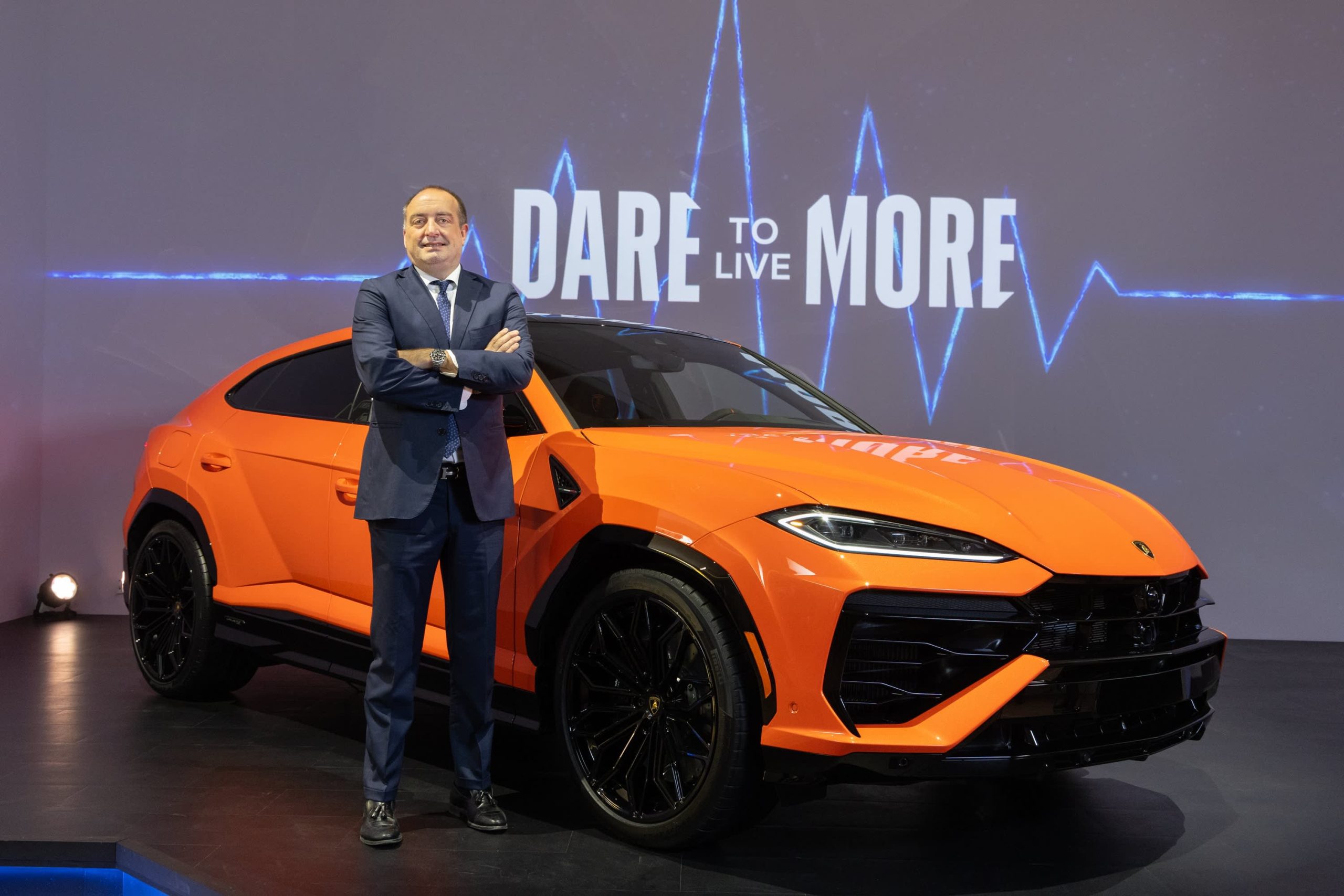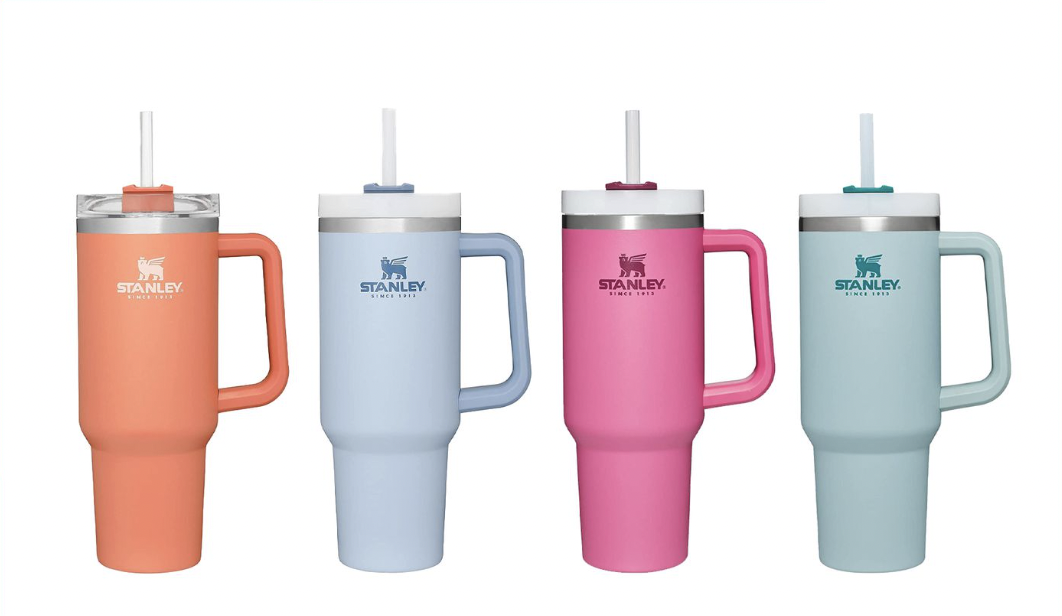‘Is This It?’ When Success Isn’t Satisfying
Here’s how to truly savour the high of hitting a career goal
You got the job, won the award, launched the new project to accolades. So why don’t you feel better?
“You get the title and it’s, like, ‘Ugh. Is this it?’” says Robert Waldinger, a professor of psychiatry at Harvard Medical School who leads a longitudinal study, started in 1938, on how people thrive.
Sometimes, getting the thing is just as delicious as we imagine. Other times, we climb and climb, only to be underwhelmed by what we find at the top: more work, political wrangling, the feeling of being a fraud. Or the success high wears off fast, replaced by that old panic we hoped the accomplishment would finally cure. Then we wonder: Where’s the next win?
We’re all sprinting on what psychologists call a hedonic treadmill. That is, we might get a hit of joy when we achieve something, but we eventually return to our baseline level of happiness (or unhappiness). Whatever heights we reach, we’re still, well, us.
“From the outside, people think, ‘Oh, my God, amazing,’” says Andy Dunn, who helped sell clothing retailer Bonobos to Walmart Inc. in a $310 million deal after 10 years as chief executive and co-founder.
Mr. Dunn, now 44 and based in Chicago, spent years strategising and fantasising about such a sale but says it was a mirage. Building the company brought him more happiness, he says, than the eventual payout. (The Walmart deal paid him tens of millions of dollars.) Now working on a new startup, he’s keeping his team small and not chasing big checks from investors.
“I learned that those are just illusory things,” Mr. Dunn says.
The pursuit of happiness
Plenty of us would be happy to try our luck with fame and fortune, complications be damned. And it’s hard not to crave stuff and status when so much in our culture—from Super Bowl ads to friends’ Instagram feeds—insists that’s where fulfilment lies.
Success itself isn’t inherently bad, notes Dr. Waldinger, who adds: “Just don’t expect it to make you happy.”
Studying the antecedents of happiness among hundreds of participants in the Harvard Study of Adult Development, Dr. Waldinger found people acclimate to the trappings of achievement—including plump paychecks—swiftly.
“The corner office just becomes the place you go and do your work after a while,” he says. “The shine wears off.”
Lasting happiness results from wins that foster deep relationships and are imbued with meaning—some bigger payoff beyond your salary. Think work that affects clients’ lives or bonds your team together. When asked to share what they were most proud of, many of the octogenarians in the Harvard study talked about being a good leader or a helpful mentor, Dr. Waldinger says.
The power of authenticity
Many find they need to be able to succeed as themselves, rather than moulding their personas to fit the goal, to enjoy it.
Steve Babcock moved to New York City from Colorado in 2016 for a top creative job at an ad agency. He went from managing 50 people at his old job to overseeing 200. Industry publications profiled him. Every compliment on his LinkedIn posts was a dopamine hit. But on his train rides home from work, he felt empty. Numb.
“I have to give up who I really am to be this thing,” he says he realised. He preferred to be funny and casual at the office, but suddenly he was the boss. Subordinates often didn’t speak candidly as they tried to impress him, leaving Mr. Babcock feeling disconnected. He was also pulled farther from the creative work that he loved.
“I was always so driven to be seen as important,” he says. “There was just this cost to that.”
Mr. Babcock left the job, moved back to Colorado and now works at a food-technology company doing creative work. He sometimes misses the money—he now earns about what he did a decade ago—and the high-profile projects. He says he’s recently turned down three offers to be a chief creative officer again, unwilling to put the mask back on.
The impostor trap
Sometimes a coveted step up comes with burnout. Sabrina Hua spent three years working toward a promotion, and two years pursuing a master’s degree. She achieved both over a few months in 2021, and felt more miserable than triumphant.
The new job, in a university fundraising office, came with long hours and high-pressure goals. The degree felt like a huge accomplishment until she started to wonder if she needed a PhD.
“I just felt so much anxiety about what’s next,” the 29-year-old says.
Last fall, she quit. She’s spent the months since living off savings, traveling and focusing on small joys. Learning to crochet brought more happiness than completing her graduate program, Ms. Hua says. She plans to start searching for a new job soon, with new priorities.
“I don’t want to be obsessed with titles,” she says. “I want to have time.”
You don’t always have to pull a Peggy Olson, jumping ship from your old gig as she did in AMC’s drama “Mad Men,” to change your mind-set. Ruth Gotian, an executive coach and author of a book about reaching the apex of success, says that professionals often fear they’ll be seen as a fake at the exact moment they’re killing it. Winning a big client or publishing a definitive paper, they brush off compliments and worry that the prize will be taken away.
“Just because it’s unfamiliar doesn’t mean that you’re a fraud,” she says. Try to reframe the discomfort as positive, a cue that you’ve entered a new stage in your career. Collect thank-you notes and records of your wins along the way, so you can pull them out when you’re feeling shaky.
“There is a whole trail, a whole history of things that led to this point,” Dr. Gotian says.
 Copyright 2020, Dow Jones & Company, Inc. All Rights Reserved Worldwide. LEARN MORE
Copyright 2020, Dow Jones & Company, Inc. All Rights Reserved Worldwide. LEARN MORE
This stylish family home combines a classic palette and finishes with a flexible floorplan
Just 55 minutes from Sydney, make this your creative getaway located in the majestic Hawkesbury region.
The marketplace has spoken and, at least for now, it’s showing preference for hybrids and plug-in hybrids (PHEVs) over battery electrics. That makes Toyota’s foot dragging on EVs (and full speed ahead on hybrids) look fairly wise, though the timeline along a bumpy road still gets us to full electrification by 2035.
Italian supercar producer Lamborghini, in business since 1963, is also proceeding, incrementally, toward battery power. In an interview, Federico Foschini , Lamborghini’s chief global marketing and sales officer, talked about the new Urus SE plug-in hybrid the company showed at its lounge in New York on Monday.

Lamborghini
The Urus SE SUV will sell for US$258,000 in the U.S. (the company’s biggest market) when it goes on sale internationally in the first quarter of 2025, Foschini says.
“We’re using the contribution from the electric motor and battery to not only lower emissions but also to boost performance,” he says. “Next year, all three of our models [the others are the Revuelto, a PHEV from launch, and the continuation of the Huracán] will be available as PHEVs.”
The Euro-spec Urus SE will have a stated 37 miles of electric-only range, thanks to a 192-horsepower electric motor and a 25.9-kilowatt-hour battery, but that distance will probably be less in stricter U.S. federal testing. In electric mode, the SE can reach 81 miles per hour. With the 4-litre 620-horsepower twin-turbo V8 engine engaged, the picture is quite different. With 789 horsepower and 701 pound-feet of torque on tap, the SE—as big as it is—can reach 62 mph in 3.4 seconds and attain 193 mph. It’s marginally faster than the Urus S, but also slightly under the cutting-edge Urus Performante model. Lamborghini says the SE reduces emissions by 80% compared to a standard Urus.
Lamborghini’s Urus plans are a little complicated. The company’s order books are full through 2025, but after that it plans to ditch the S and Performante models and produce only the SE. That’s only for a year, however, because the all-electric Urus should arrive by 2029.

Lamborghini
Thanks to the electric motor, the Urus SE offers all-wheel drive. The motor is situated inside the eight-speed automatic transmission, and it acts as a booster for the V8 but it can also drive the wheels on its own. The electric torque-vectoring system distributes power to the wheels that need it for improved cornering. The Urus SE has six driving modes, with variations that give a total of 11 performance options. There are carbon ceramic brakes front and rear.
To distinguish it, the Urus SE gets a new “floating” hood design and a new grille, headlights with matrix LED technology and a new lighting signature, and a redesigned bumper. There are more than 100 bodywork styling options, and 47 interior color combinations, with four embroidery types. The rear liftgate has also been restyled, with lights that connect the tail light clusters. The rear diffuser was redesigned to give 35% more downforce (compared to the Urus S) and keep the car on the road.
The Urus represents about 60% of U.S. Lamborghini sales, Foschini says, and in the early years 80% of buyers were new to the brand. Now it’s down to 70%because, as Foschini says, some happy Urus owners have upgraded to the Performante model. Lamborghini sold 3,000 cars last year in the U.S., where it has 44 dealers. Global sales were 10,112, the first time the marque went into five figures.
The average Urus buyer is 45 years old, though it’s 10 years younger in China and 10 years older in Japan. Only 10% are women, though that percentage is increasing.
“The customer base is widening, thanks to the broad appeal of the Urus—it’s a very usable car,” Foschini says. “The new buyers are successful in business, appreciate the technology, the performance, the unconventional design, and the fun-to-drive nature of the Urus.”
Maserati has two SUVs in its lineup, the Levante and the smaller Grecale. But Foschini says Lamborghini has no such plans. “A smaller SUV is not consistent with the positioning of our brand,” he says. “It’s not what we need in our portfolio now.”
It’s unclear exactly when Lamborghini will become an all-battery-electric brand. Foschini says that the Italian automaker is working with Volkswagen Group partner Porsche on e-fuel, synthetic and renewably made gasoline that could presumably extend the brand’s internal-combustion identity. But now, e-fuel is very expensive to make as it relies on wind power and captured carbon dioxide.
During Monterey Car Week in 2023, Lamborghini showed the Lanzador , a 2+2 electric concept car with high ground clearance that is headed for production. “This is the right electric vehicle for us,” Foschini says. “And the production version will look better than the concept.” The Lanzador, Lamborghini’s fourth model, should arrive in 2028.
Just 55 minutes from Sydney, make this your creative getaway located in the majestic Hawkesbury region.
Consumers are going to gravitate toward applications powered by the buzzy new technology, analyst Michael Wolf predicts























